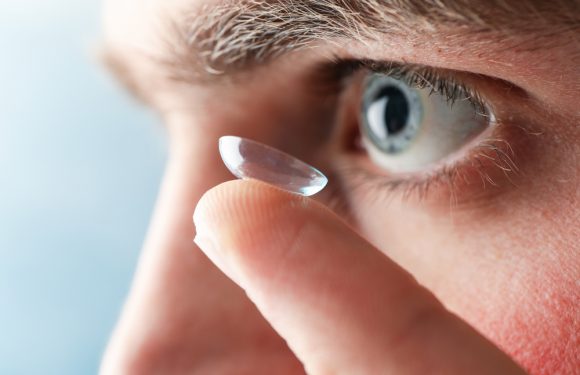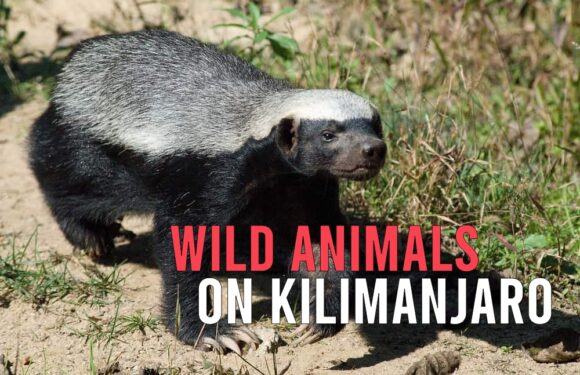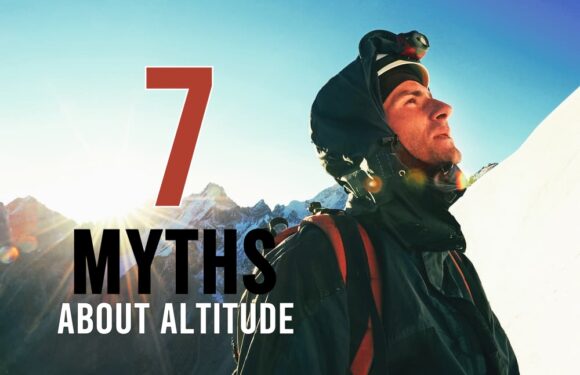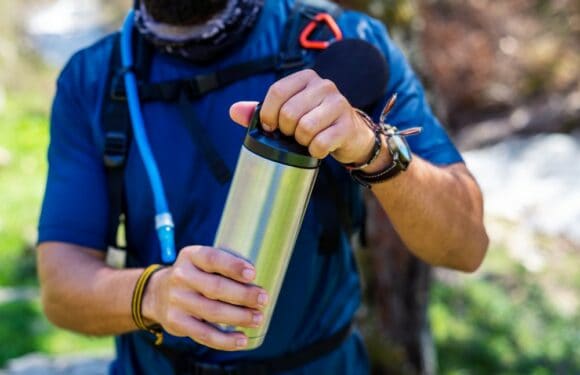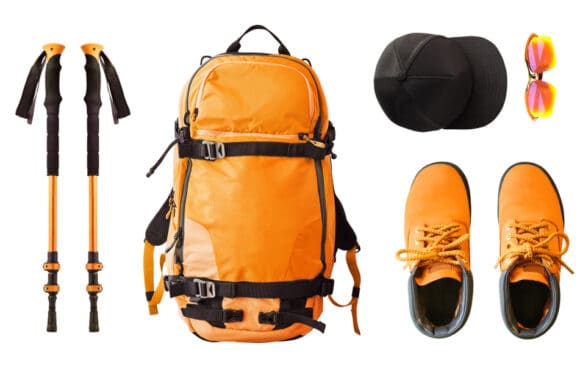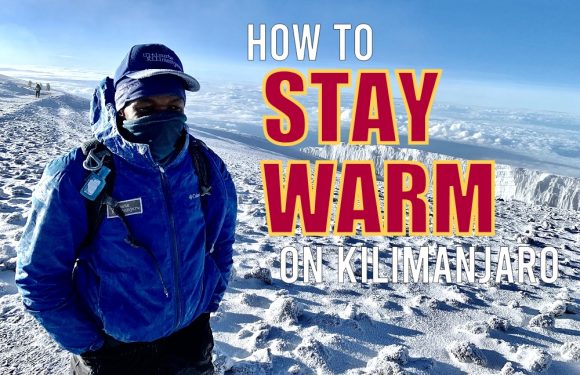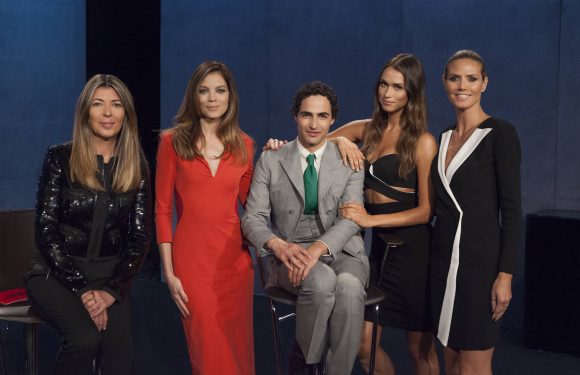How do I keep warm while climbing Kilimanjaro?
At higher elevations, Mount Kilimanjaro can be brutally cold. A down jacket is a heavy mid layer used for chilly to extremely cold weather. They are usually worn at camp in the evenings, during the night time summit assault, or for short periods of time while taking a break on the trail.
The Ultimate Kilimanjaro® gear list shows the down jacket in the following way:
Insulated Jacket, synthetic or down, warm
You will need a quality down jacket, also known as an insulated jacket, a puffer jacket and puffy jacket, to keep you warm. One of the most common gear mistakes people make is bringing a down jacket that is not appropriate for the weather conditions. In this article, we’ll tell you what things to look for.
Down Insulation
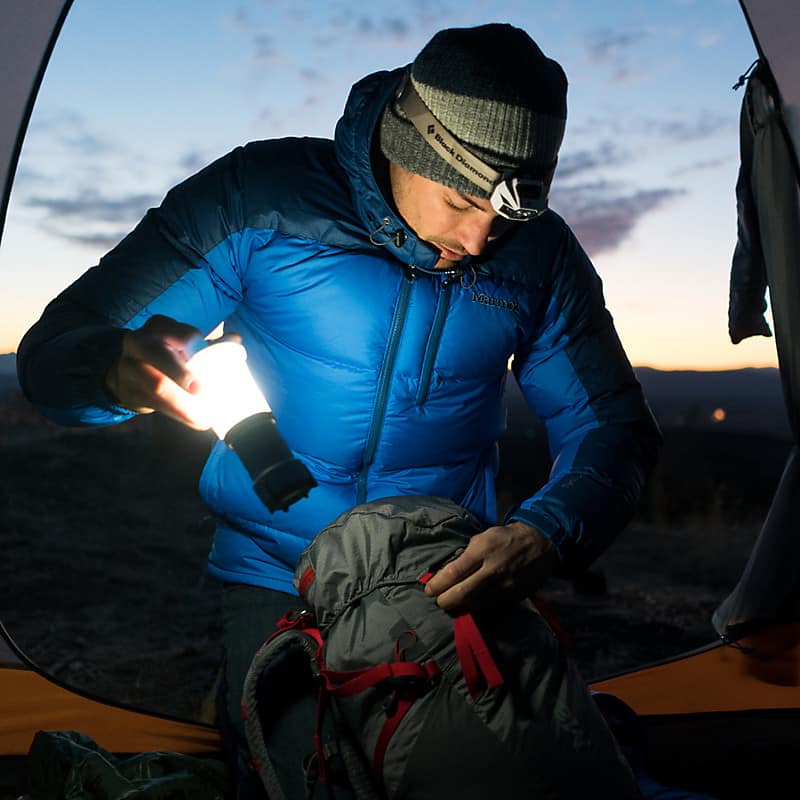
When it comes to serious insulation, the top choice to battle the extreme cold is down.
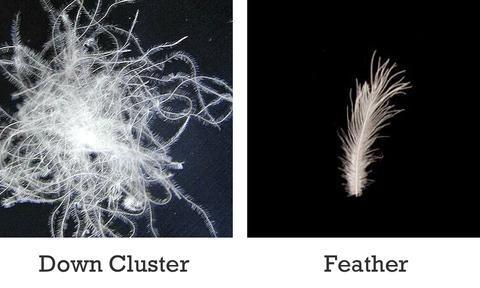
Down is a cluster of fine feathers found on a bird under the more robust exterior feathers, usually from a goose or duck. Down clusters lie beneath, on a bird’s belly, and are light and fluffy. With a superb warmth to weight ratio, there is no better insulator.
How it works is that down clusters trap pockets of air, which in turn trap warmth from your body, providing insulation.
Fill Power and Fill Weight
Both the fill power and fill weight are necessary to properly evaluate a down jacket.
The term fill power is a measurement of the loft of the down (ie., how fluffy is the down in the jacket). Specifically, fill power measures the amount of space one ounce of down will occupy in cubic inches. So one ounce of 800 fill power takes up 800 cubic inches of space.
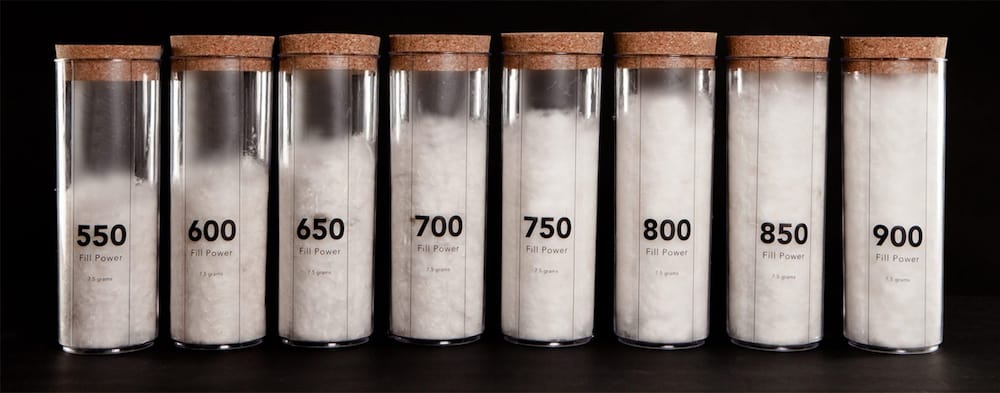
The more loft the down clusters have, the more air that is trapped and the more insulation that is achieved. So the higher the fill power number, the warmer the wearer can be, all things being equal.
The term fill weight refers to the weight of down inside a jacket. The more down there is, the heavier the fill weight, and the warmer the jacket.
While most brands tell you the fill power, they don’t always tell you the fill weight, which is why fill weight is often overlooked. However, fill weight is very important when it comes to the performance of the jacket.
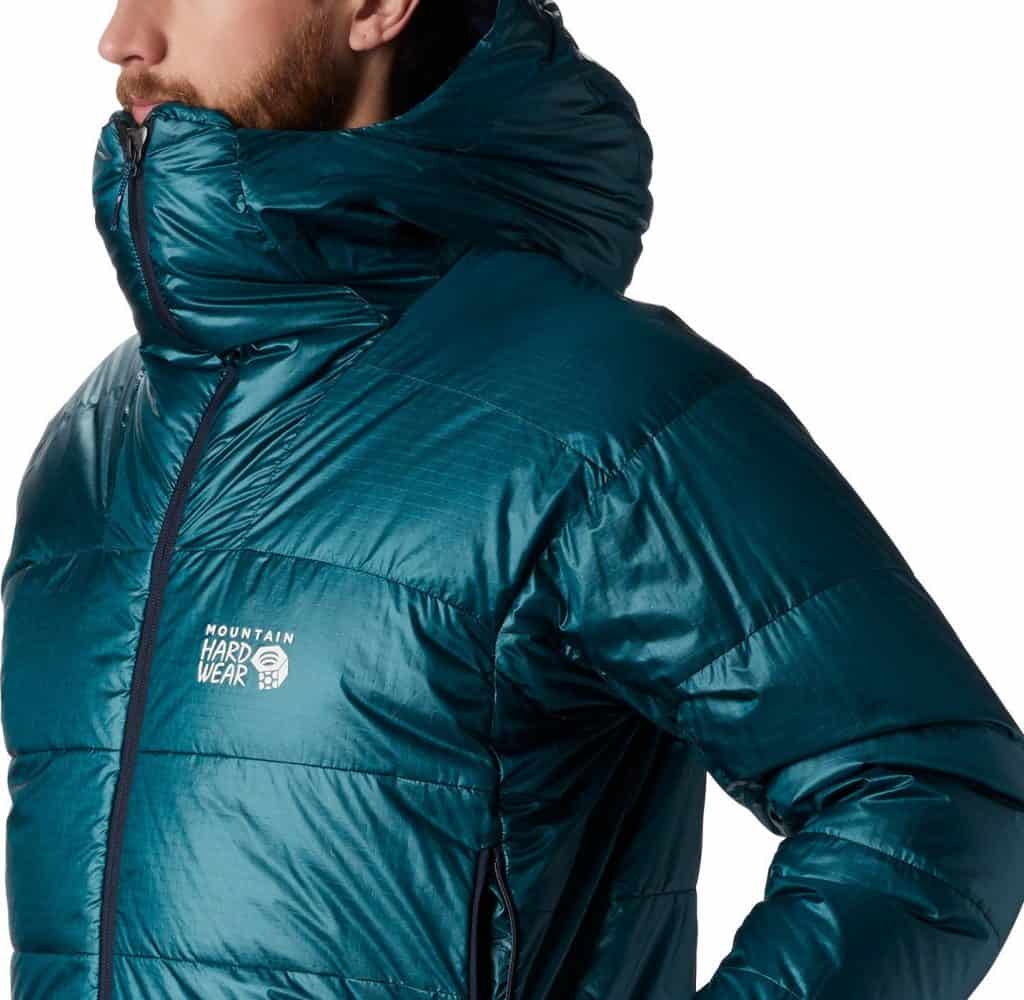
Without the fill weight, consumers are forced to guess on just how warm a down jacket might be, based on the fill power, weight of the jacket, and how thick and puffy it appears. It’s definitely not ideal, but with trial and error and some experience it can be done.
Synthetic Insulation
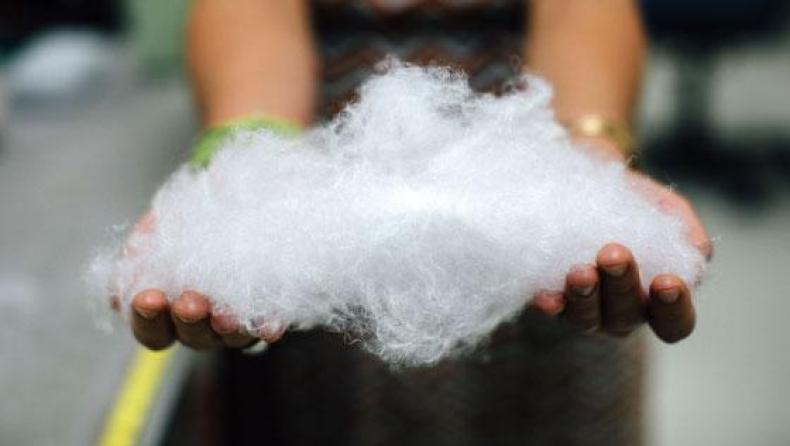
Synthetic down is a material that mimics the qualities of down by also trapping air in pockets. There are many trademarked names for synthetic insulation such as PrimaLoft, Coreloft, Polartec Alpha, Turbodown, Thermoball, Thermal Q Elite, and PlumaFill. Each has their own technology and of course they all claim to be the best artificial down.
Synthetic down is generally bulkier and heavier than natural down because its polyester fibers have a lower warmth-weight ratio. In other words, to achieve the same warmth as natural down, synthetic down needs to be slightly heavier. And because it’s bulkier, it’s not as compressible, so it does not pack as small as real down. These are the main disadvantages of synthetic down.
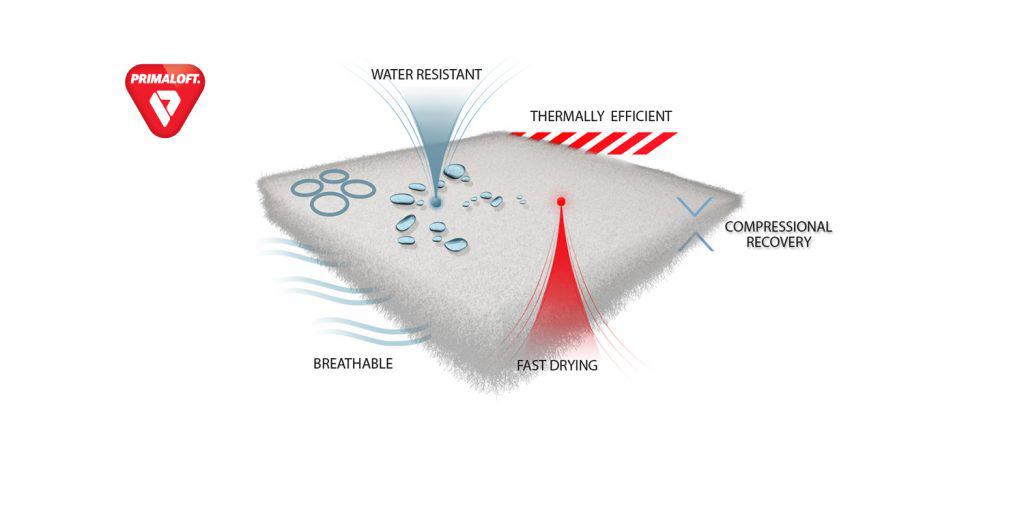
The main advantage of synthetic down is that it is much more moisture resistant. If it gets wet it will dry faster and retain its loft, staying warm when wet. On the other hand, if real down gets wet, the down clusters lose their loft and it no longer works. And it takes forever to dry out down.
Finally, synthetic down is more budget friendly. The cost to manufacture synthetic insulation is less expensive than the cost of collecting goose down. This difference is reflected in the price.
Unlike natural down, synthetic down does not have any parameters for gauging its warmth such as fill power or fill weight. Therefore, it is much more difficult to determine how warm a synthetic down jacket will be. Most manufacturers do not disclose temperature ratings for their jackets.
Selecting a Down Jacket
Here is what we recommend when it comes to choosing a down jacket for Kilimanjaro:
- We recommend a fill power of 650 or more. The higher the fill power, the warmer the insulation. Ideally, you want 800 fill power.
- We recommend a fill weight of 200-300 grams. Keep in mind, this is the recommended weight of the down only, not the weight of the entire jacket. Note that down “sweaters” or “ultralight” down jackets are not warm enough for the mountain.
- Get a jacket with a hood. Being able to shield your head from wind will keep you significantly warmer. Any serious down jacket will have an attached, insulated hood.
- Look for a jacket that has hand pockets, a chest pocket and inside pockets. These come in handy to carry gloves, phones, batteries, snacks, lip balm, etc.
- Find a jacket that can be stuffed and packed into its own zippered pocket for convenience and portability.
- Your heavy down jacket should be roomy enough to fit OVER your other layers, including the hard shell. It is the last layer you will put on. So make sure it is not too tight that it doesn’t leave space for your other layers.

Of course, each individual has a varying degree of cold tolerance. While a certain jacket might be suitable for one person, it might not be enough for another in the same weather conditions. So take other people’s advice when it comes to jackets with a grain of salt.
And while we’re talking about weather, we should mention that the conditions on the mountain change drastically. A particular jacket might be perfect in mild 30 degree weather, but completely inadequate in a blizzard.
When it comes to selecting your down jacket, you want to prepare for the worst possible scenario.
That means erring on the side of warmth. Because the climb is fully supported, the weight of a thicker down jacket, which amounts to just a few extra ounces in most cases, shouldn’t be a concern.
While many people have been exposed to very cold temperatures at some point in their lifetime, not many people have had to withstand the cold for so many hours straight. So, the question you should ask yourself when picking a down jacket is, would I be able to tolerate -20 degree temperatures for a period of 8 hours wearing this jacket plus the other layers. If you can confidently answer yes, then you have yourself a good down jacket.
Storing Your Down Jacket
When it comes to storing your jacket, do not leave your insulated jackets compressed for a long time (weeks) as this will eventually hurt the integrity of the jacket. Store them on a hanger or laid flat so it retains its loft. Of course, it’s OK to have them compressed when packed in your duffel bag or day pack while climbing Kilimanjaro. Just don’t leave them like that when you return from your trip.
Recommended Down Jackets
Both natural down and synthetic down jackets can be used effectively on Kilimanjaro. However, there are many more choices on the market for natural down jackets that can provide the level of warmth we seek.
Marmot Guides Down Hoody
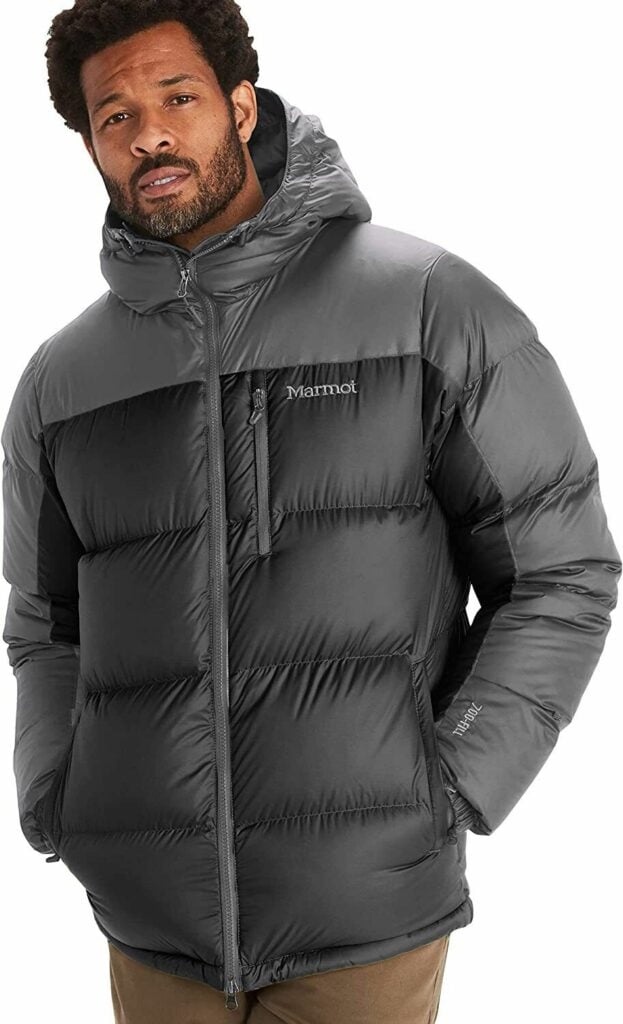
The Marmot Guides Down Hoody is a 700-fill-power down treated with a water-resistant coating. It is made of a ripstop polyester exterior and features a chest pocket, interior pocket and elastic drawcord hem. It weighs about 1 lb. 9 ounces and retails for $250.
The North Face Summit Series Breithorn Hoodie
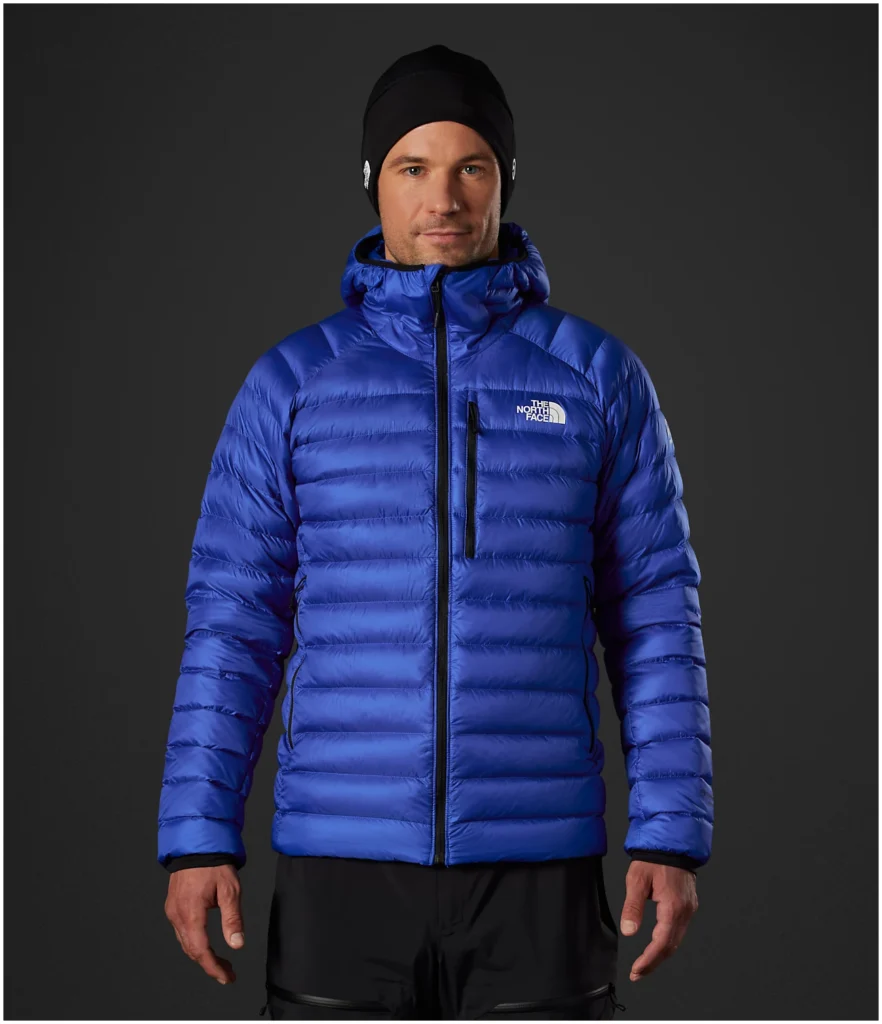
The North Face Summit Series Breithron Hoodie is an excellent, lightweight, slim fit down jacket. Its 800-fill provides exceptional warmth while the outer overlay is made of a water repellent finish. It weighs 16 ounces and retails for $380.
Rab Neutrino Pro Down Jacket
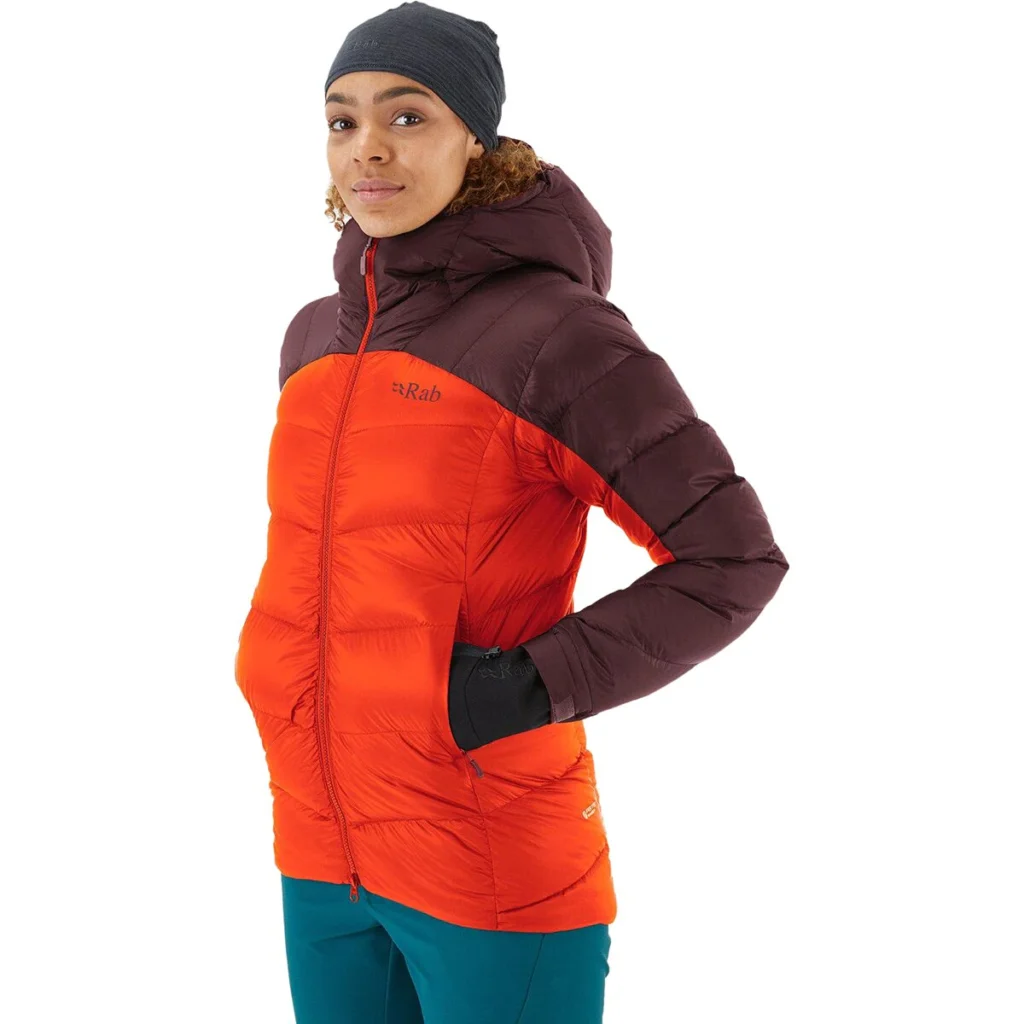
The Rab Neutrino Pro Down Jacket is a beefy down jacket will 800 fill water-resistant down. The jacket weights about 20 ounces and retails for $400.
Black Diamond Belay Parka
The Black Diamond Belay Parka is a synthetic down jacket that is great for even the coldest days on Kilimanjaro. Featuring ThermoLite insulation, this parka is like wearing a sleeping bag.
You can find all your outdoor gear at these preferred retailers:
__________






















































